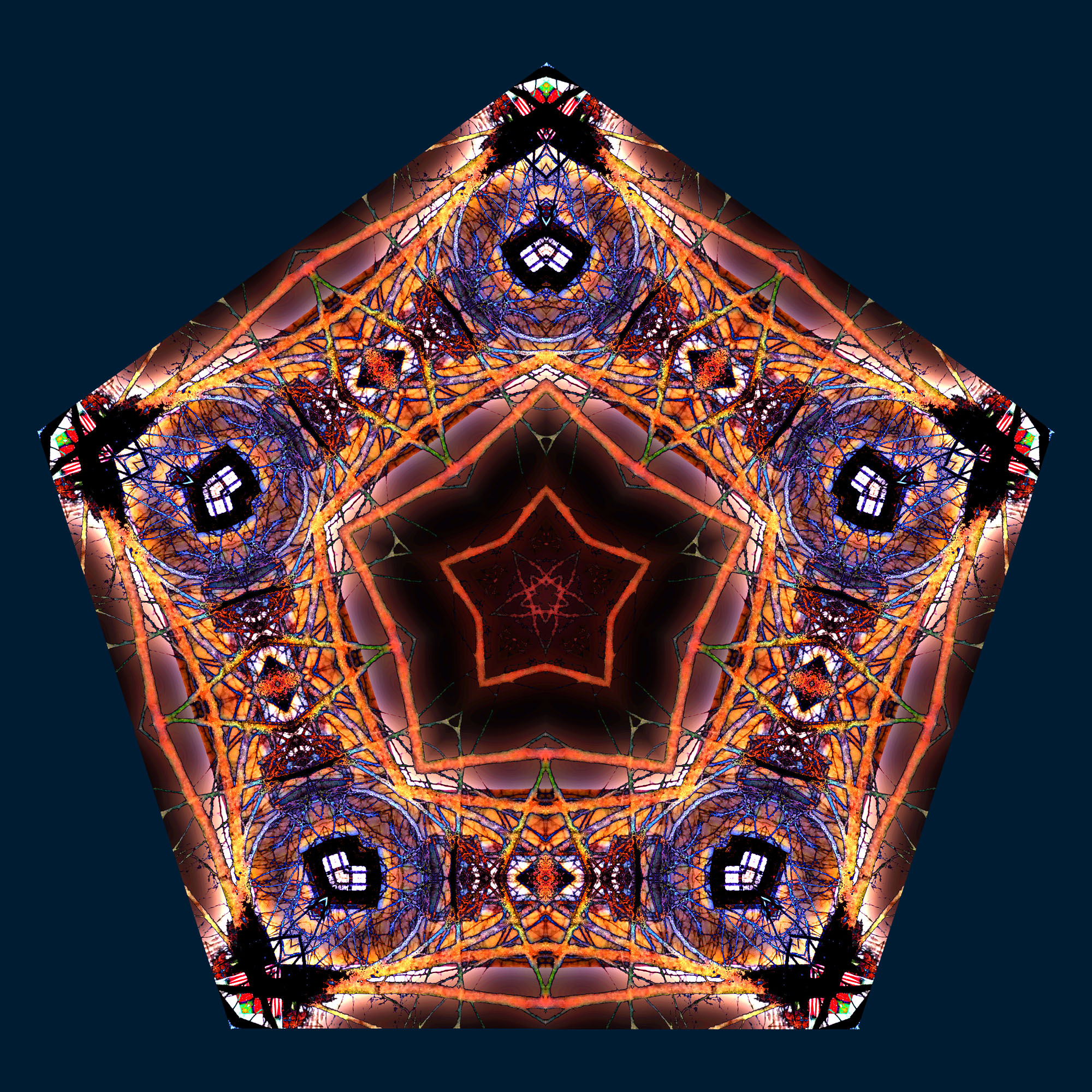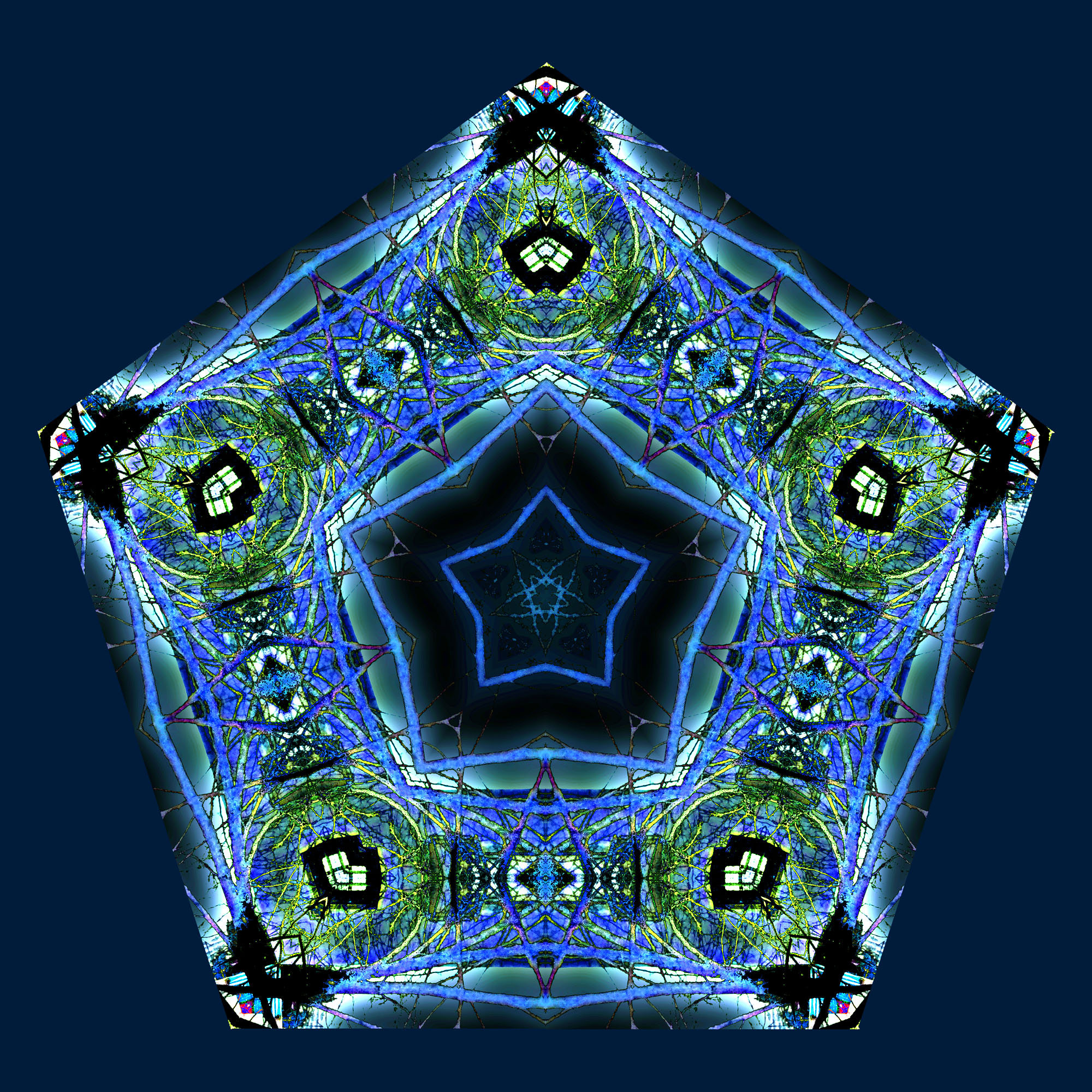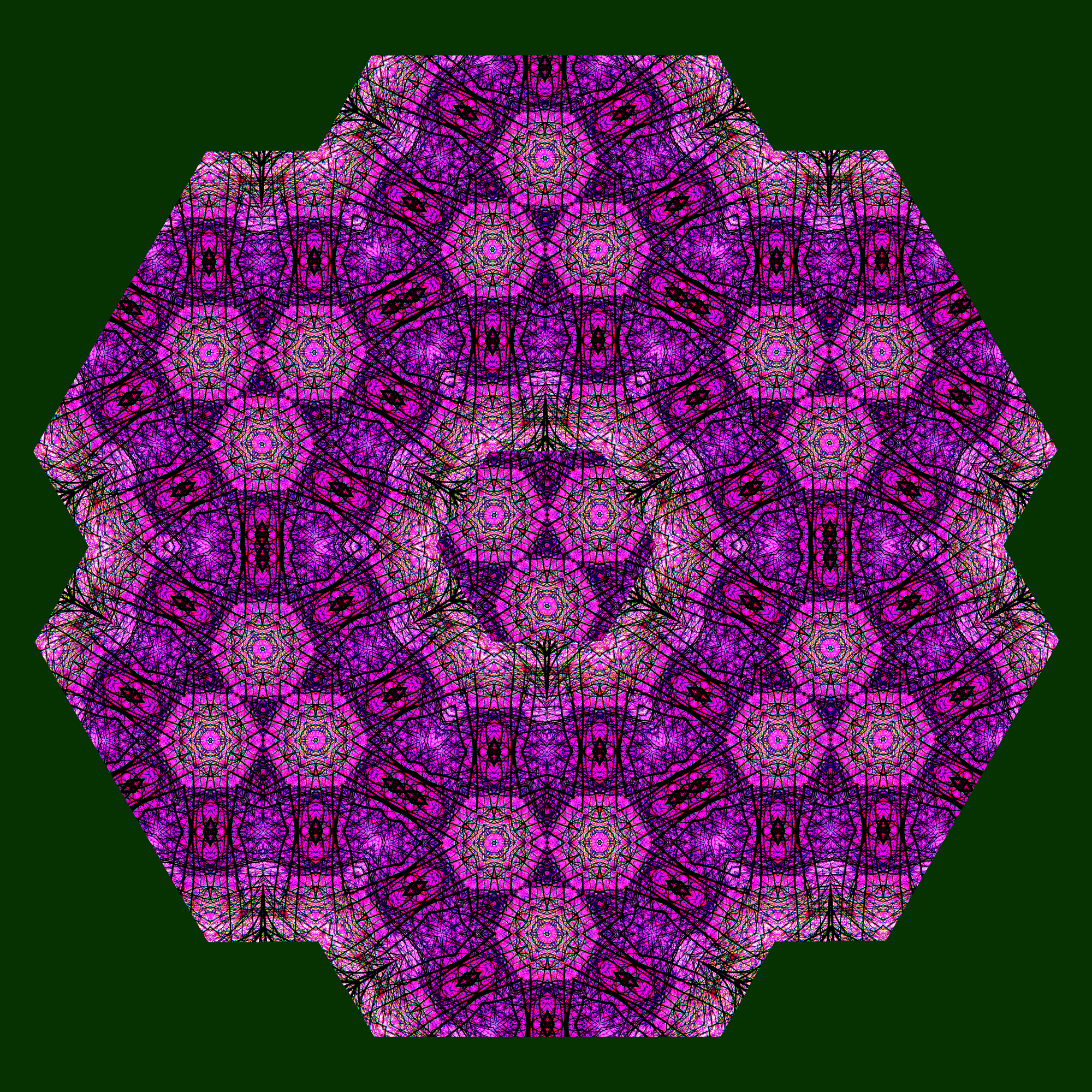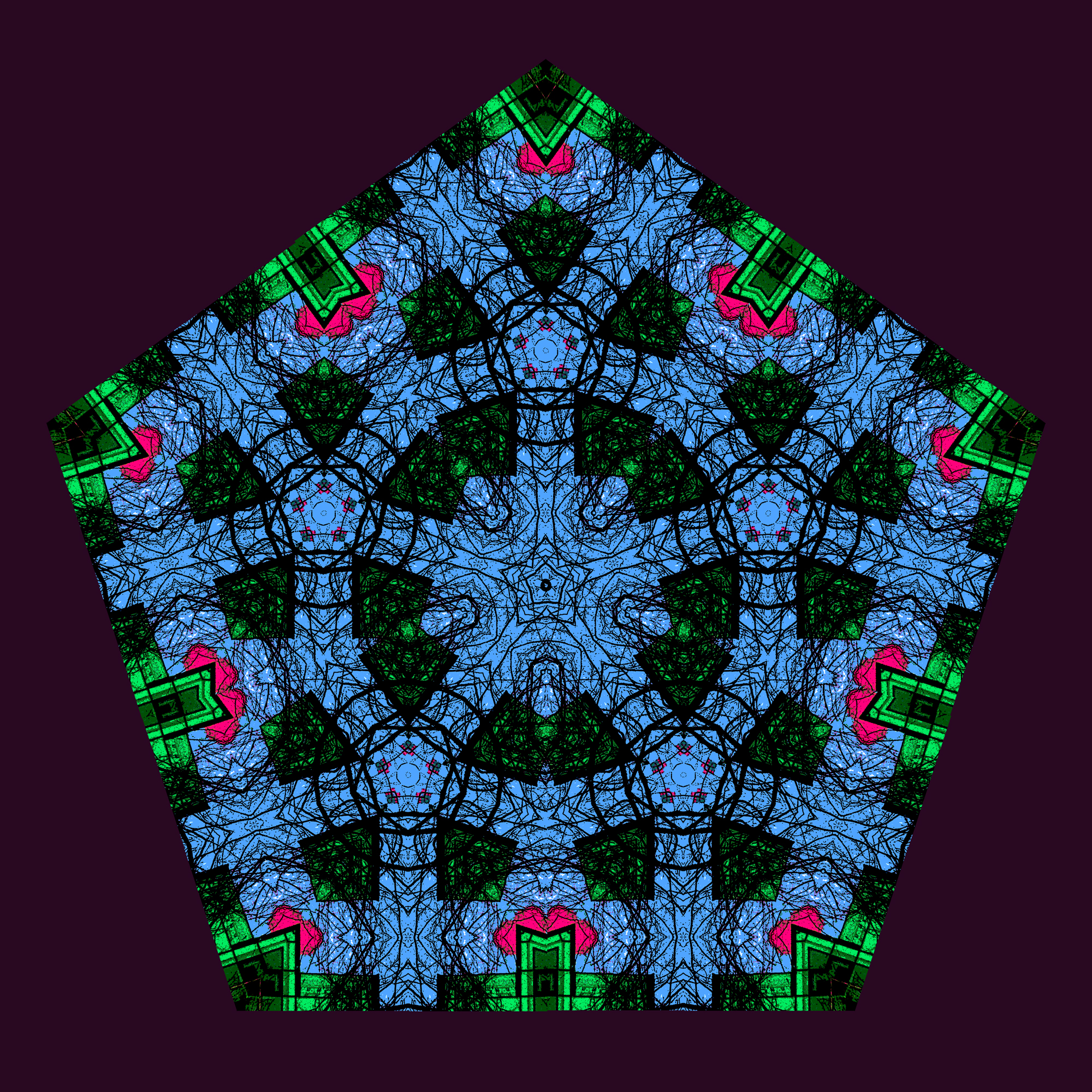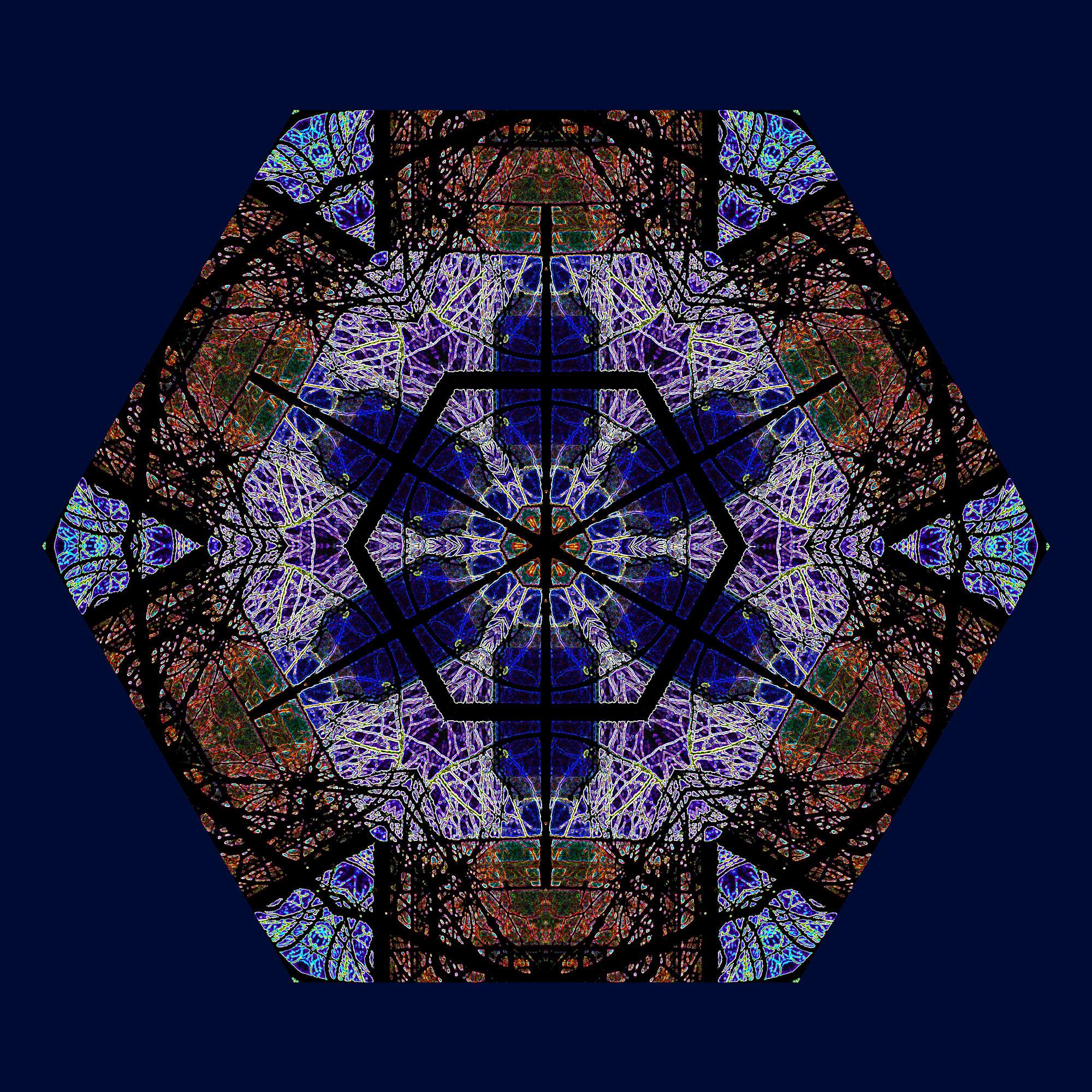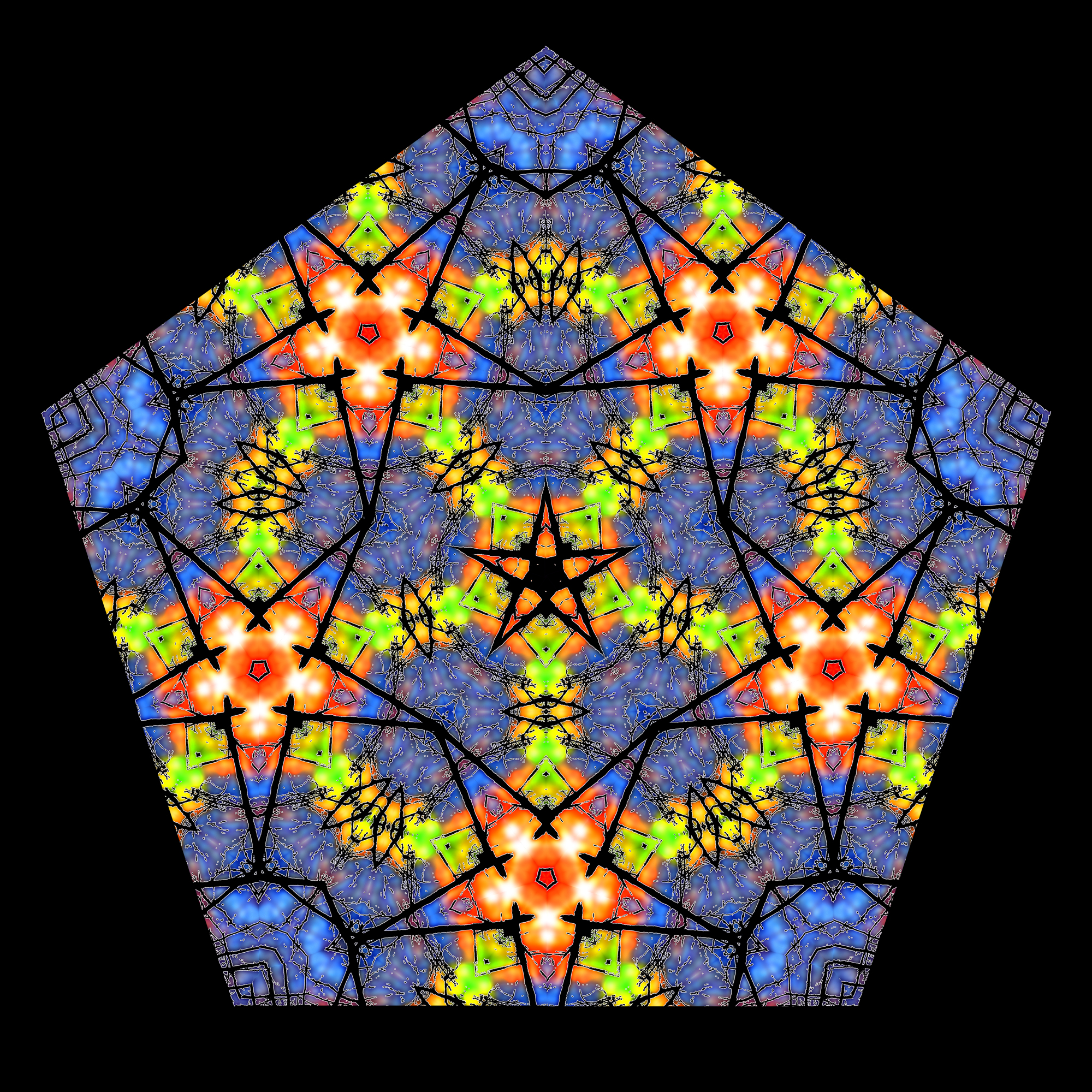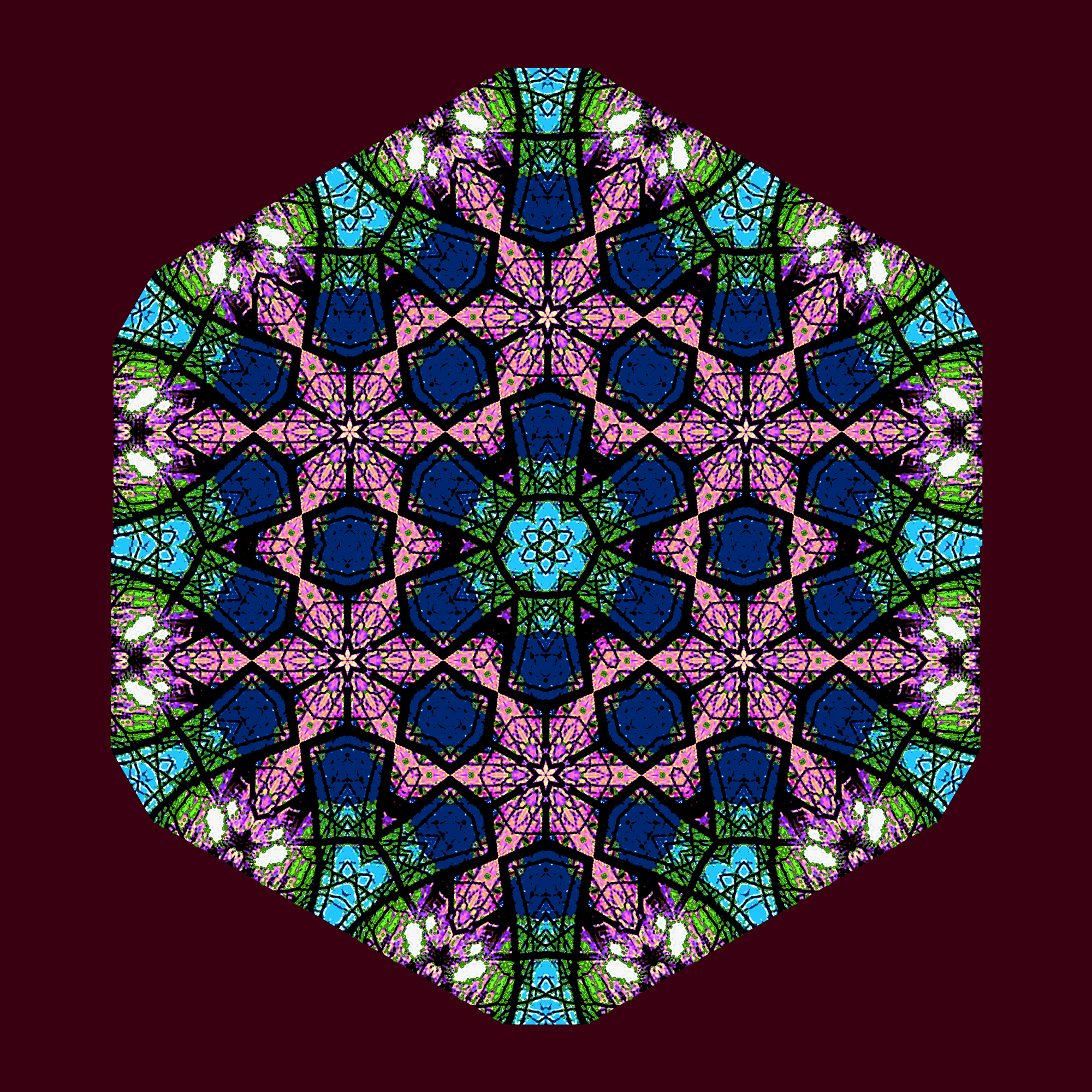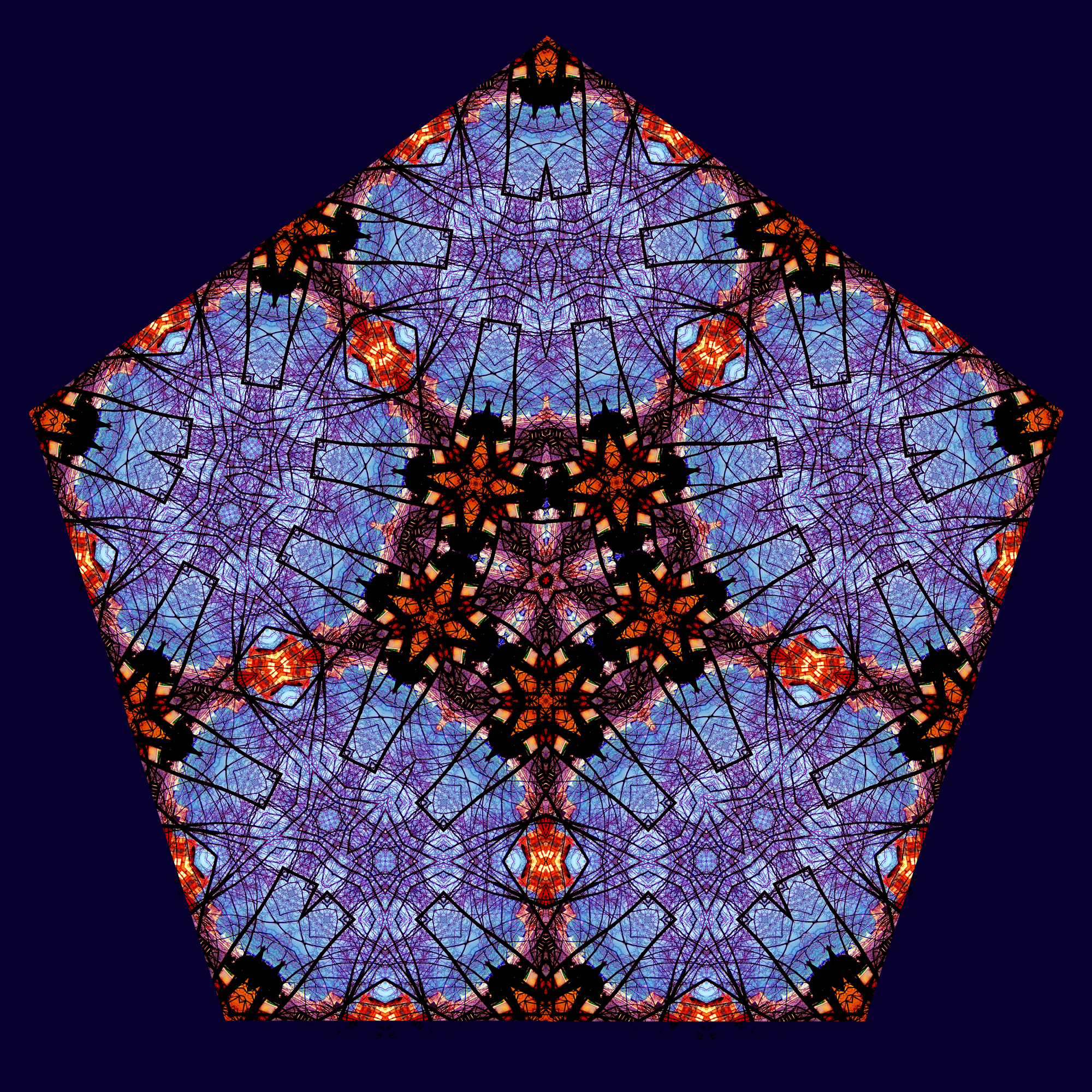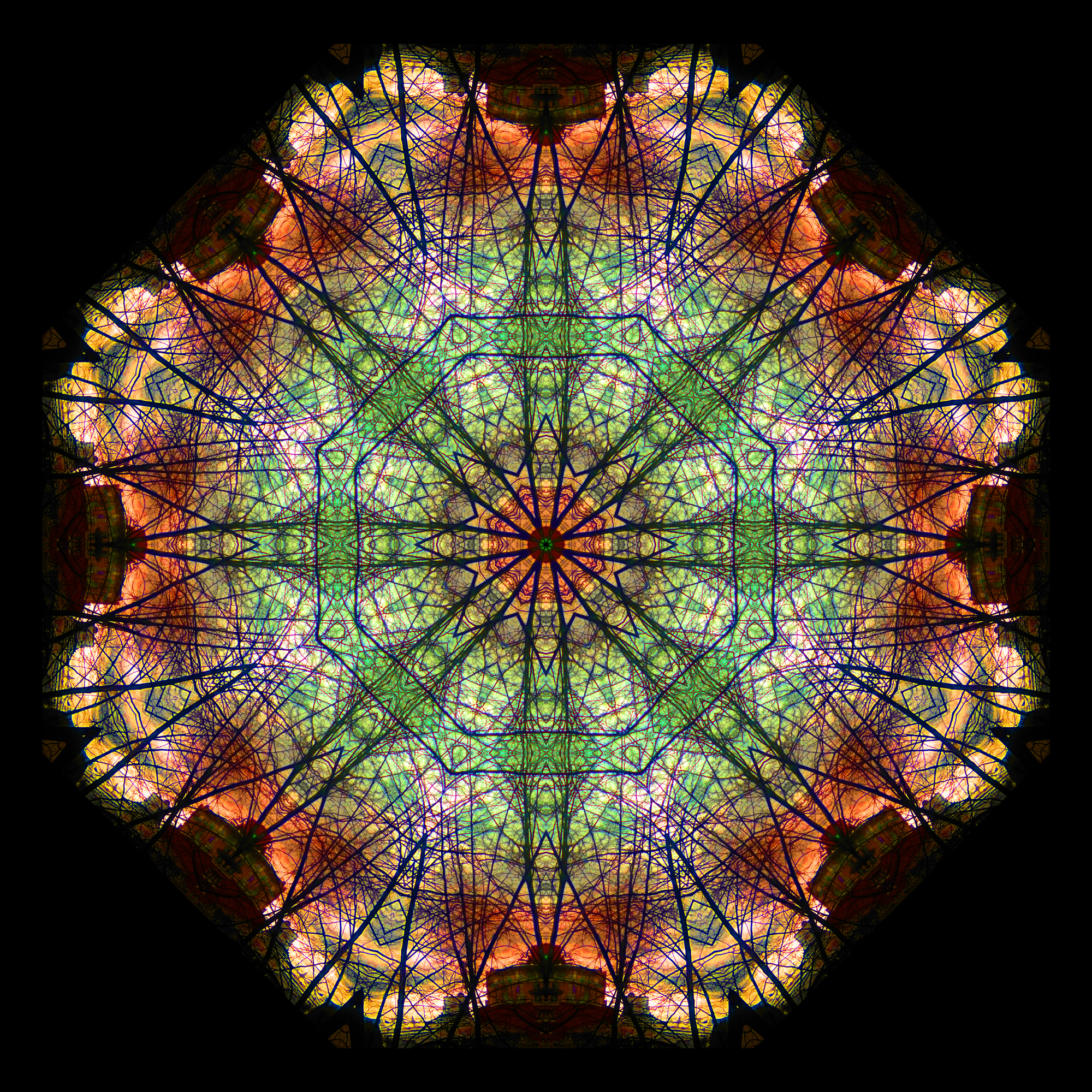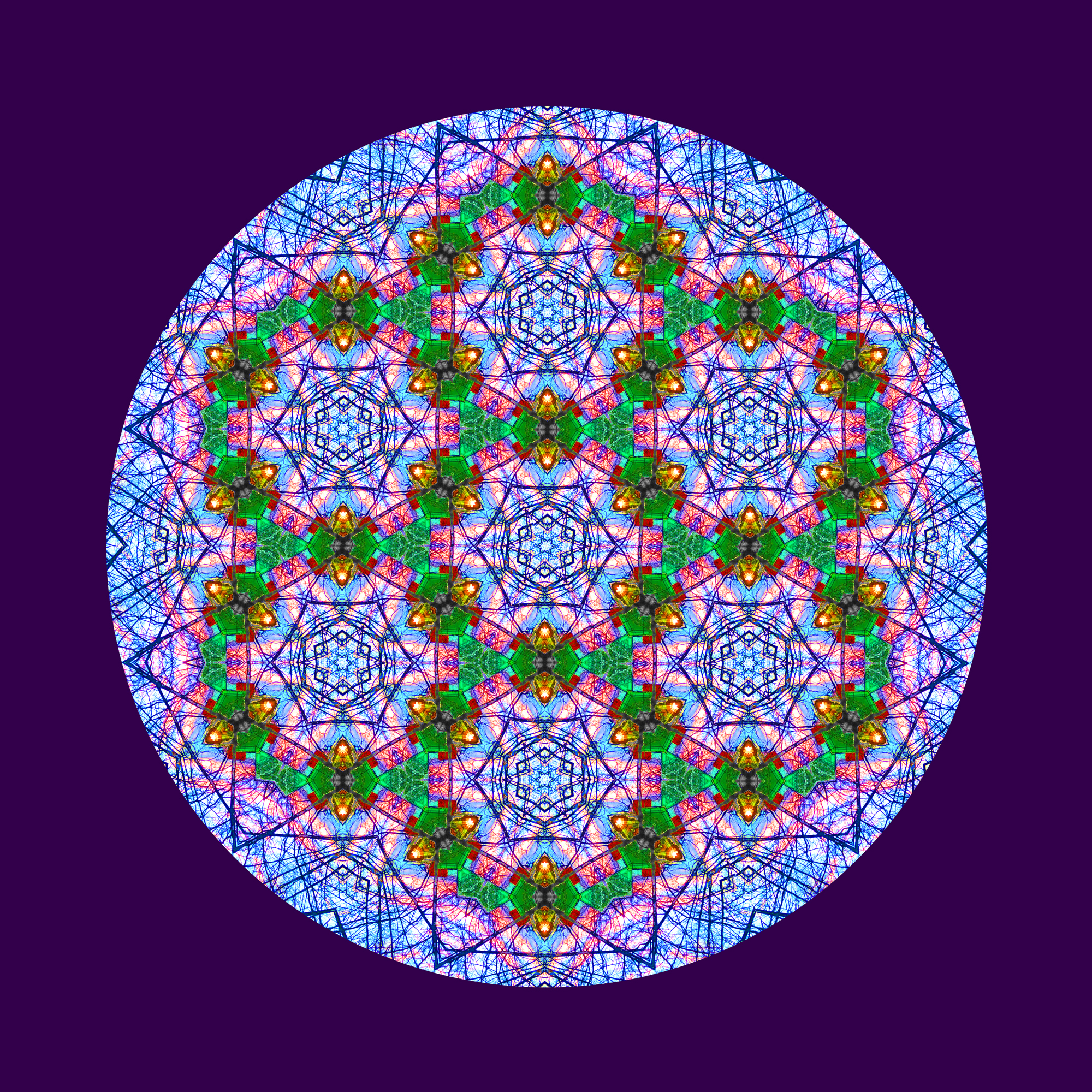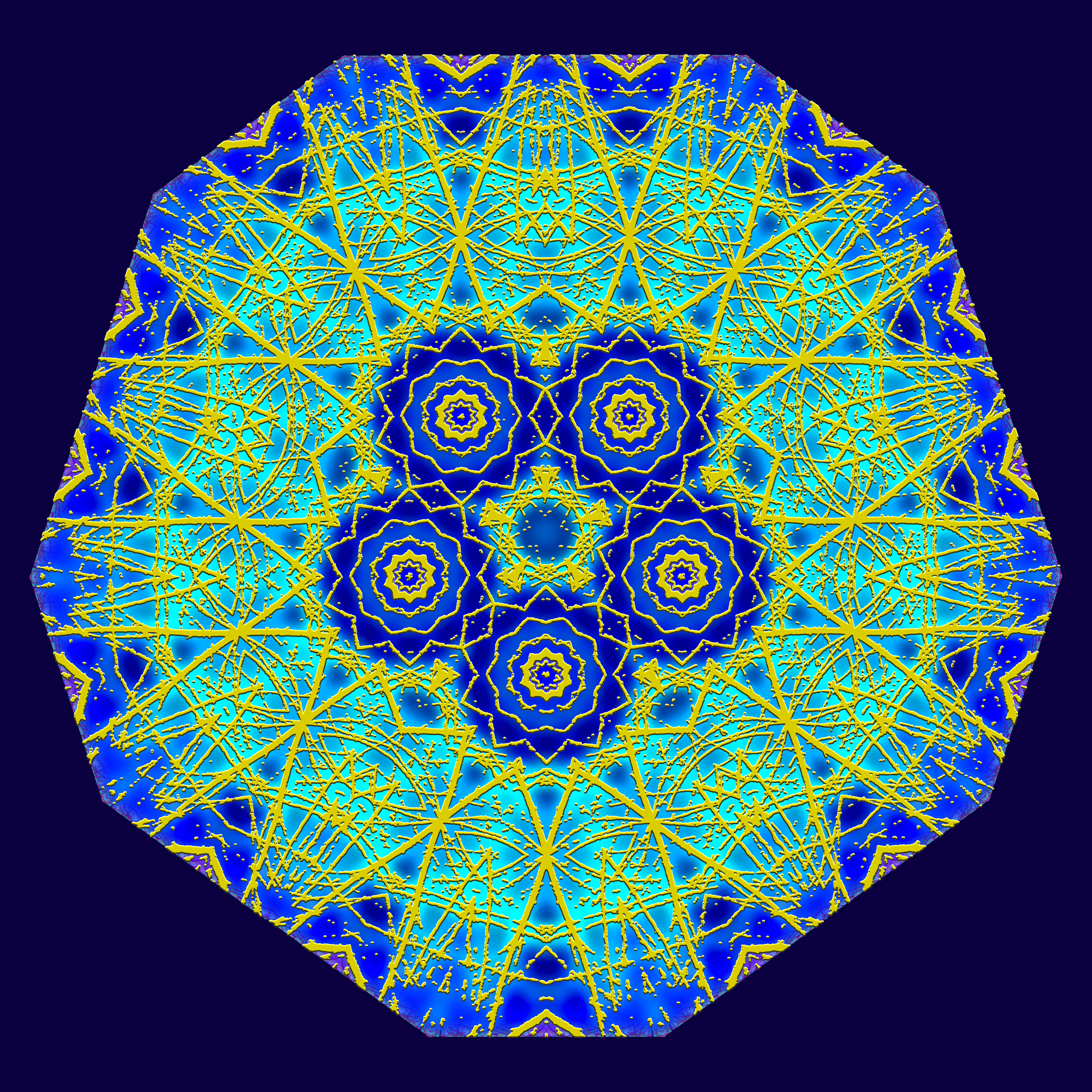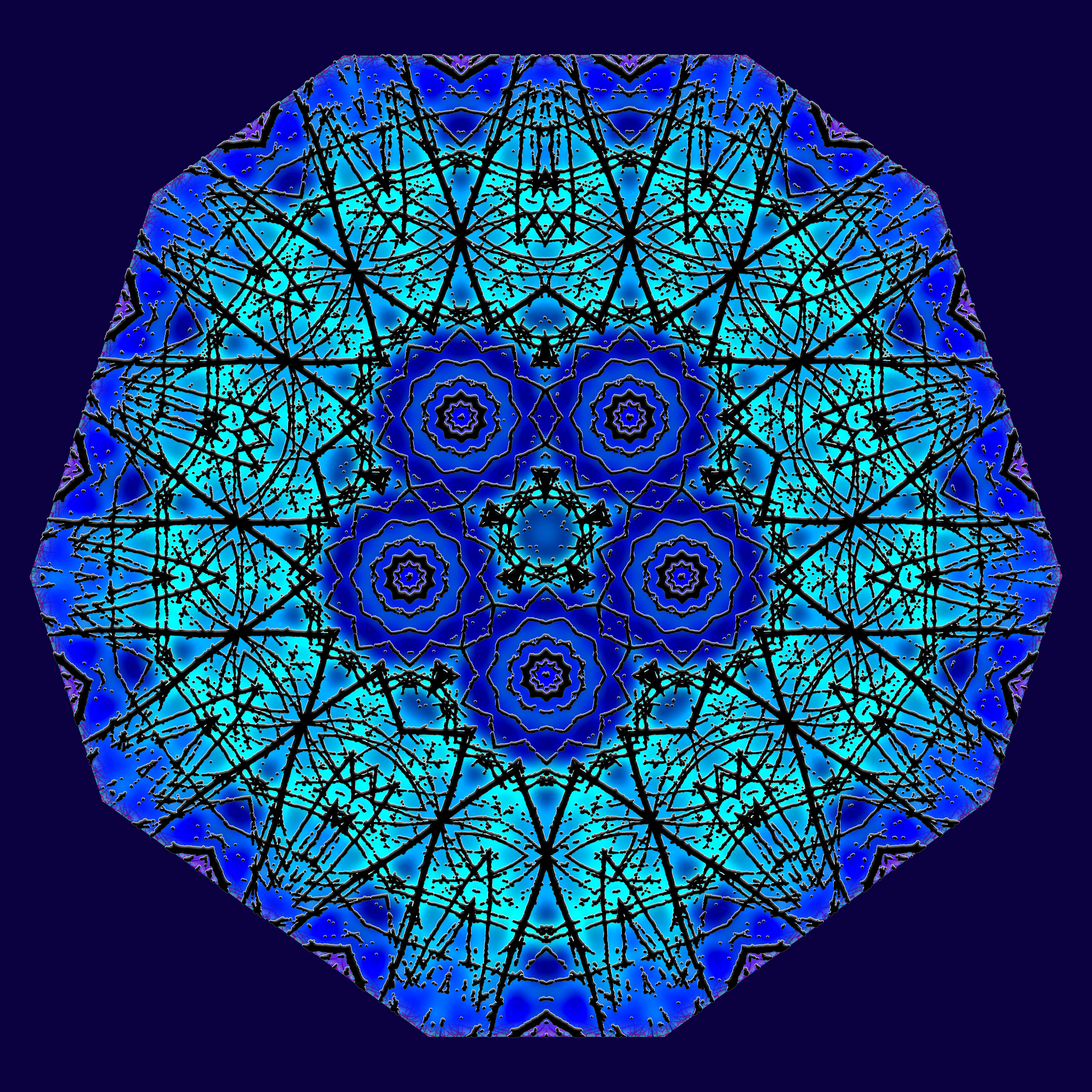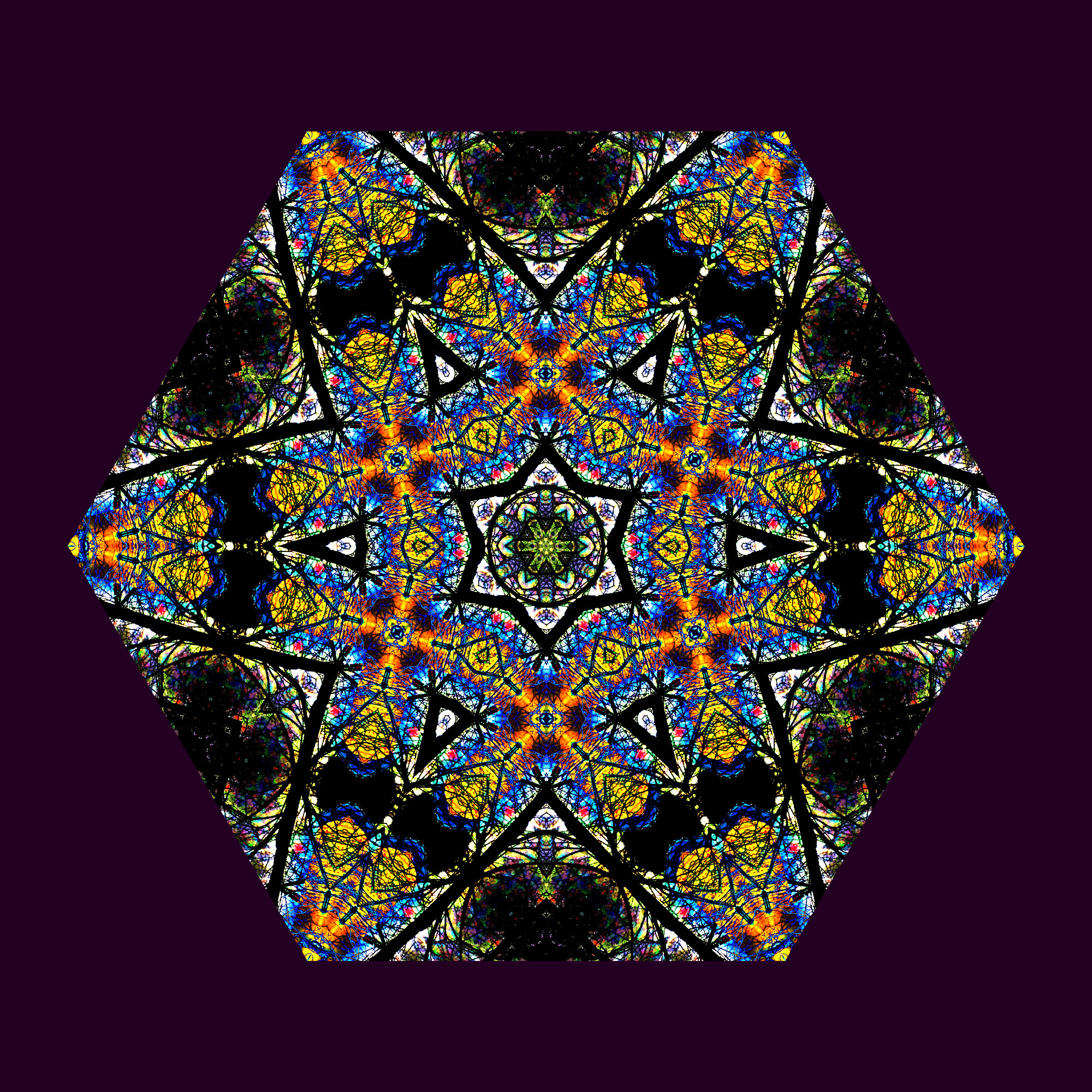 Grove Statement
Grove Statement
I like making pictures. I've explored many ways of making pictures
.
I was a photographer for a long time. I was the sort of camera nut who shot a roll or two of film a day and slept under my developing table.
I like painting but somehow it doesn't go in a direction I want to explore.
I became a printmaker. I liked lithography and intaglio and screen printing a lot. I have big print cabinet that is just stuffed with pictures.
But I'm a poor man and all those media got to be quite expensive. When I started making photographs the paper cost 10 cents a sheet. By the time I stopped the paper cost more than a dollar a sheet. When I started making prints a sheet of paper cost a dollar. Even that limited the size of the editions I could make a lot and it became impossible when a sheet cost $5 or $10.
Computers to the rescue.
I got my first computer in 1980. A TRS-80 with 16k of memory and a cassette deck for data storage. Basically all I could do with it was write programs in BASIC. Writing programs became one of my primary entertainments. I find the cycle of writing some code to do something and then debugging it and then extending it to be extremely satisfying. And, computers are pretty cheap - once you pay the fixed cost you can work on a computer as much as you want without further expense.
I worked for a long time in the graphic arts industry and used computers and used programs like photoshop as tools.
I'm retired now and my computers are pretty central to my life. I use them to communicate with my friends and for coding and for making pictures.
Photoshop is a neat program. It's a bit like learning a language. I've been using it for 35 years now and use only a small fraction of it's capabilities. I worked as a 'stripper' in printshops. A stripper assembles film in layers to use to make printing plates. Photoshop uses that metaphor - it has a layer structure and the image on the screen is like looking down through that stack of layers.
A number of years ago I was playing with a photograph I took one morning on my way to work. I copied the base layer into a new layer. Then I flipped that horizontally to make it's mirror image. I widened the canvas and moved the layers so that they formed an image with mirror symmetry on the horizontal axis. Then I repeated that vertically. This ended up with an image 4 times as large that had both horizontal and vertical mirror symmetry. I liked it.
Then I selected an equilateral triangular section from it with that with the peak centred on the vertical mirror axis. A triangle like that can be rotated an fit together like pie wedges.
Once that was done I was like - WOW - that's very interesting.
It was a hexagon with 6 sided rotational symmetry and within each of those sections you had a 4 sided mirror symmetry.
I tried doing the same thing with other images. Same result. Every time I got a very interesting picture. I even tried starting with just random dots. Same result. A very interesting picture. Since I was working with 6 sided symmetry I called the transformation a snowflake transformation and I classed the pictures as snowflakes.
I figured I'd exhaust the potential of snowflakes pretty quickly.
Boy - was I ever wrong.
I found that you could do the same thing with any isosoles triangle that would make a regular polygon. So I could work with 5, 6, 8, 9, 10 and 12 sided figures.
Then I started taking pictures just to see what sort of snowflake would emerge.
Then I started using the output of the code I was writing as the seed for a snowflake.
I've got Photoshop set up now to automate a lot of the snowflake transformations. The tech is very productive.
Recently I stole an idea from Claude Monet and started using the scene outside my window for this series of pictures that I call Grove Compositions. Like Monet I'm struck by how changing light gives different impressions. Unlike Monet, I'm not much interested in representing anything. But I can make a picture and then explore variations where the only thing that changes is the color. And I can take a single seed through several orders of transformation, each producing a new picture.
